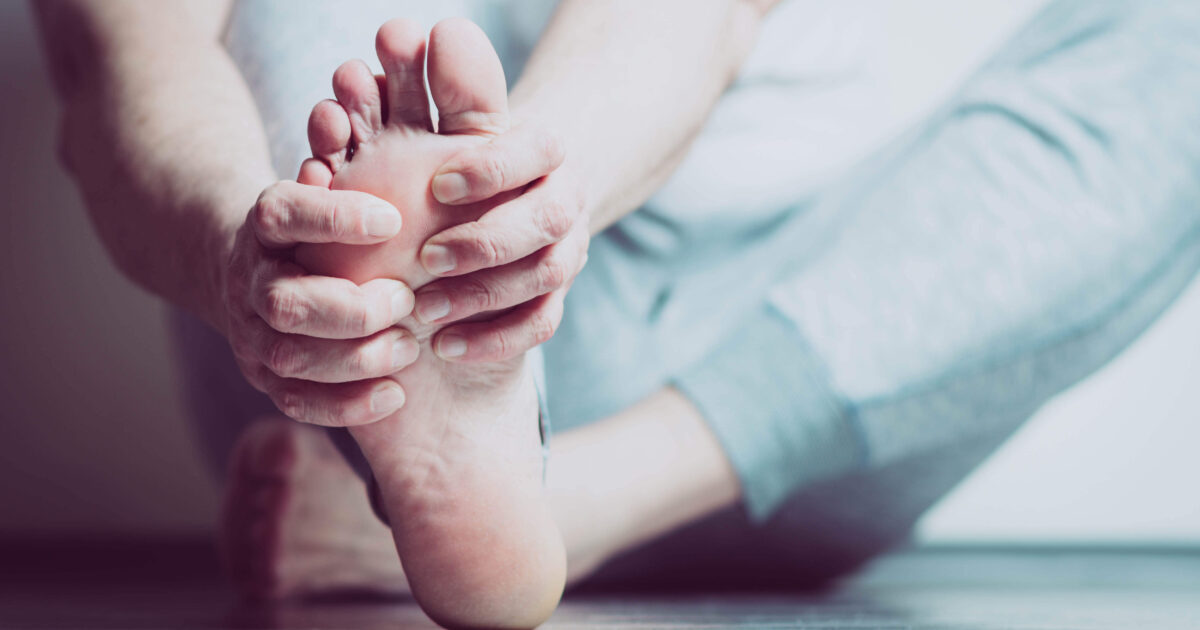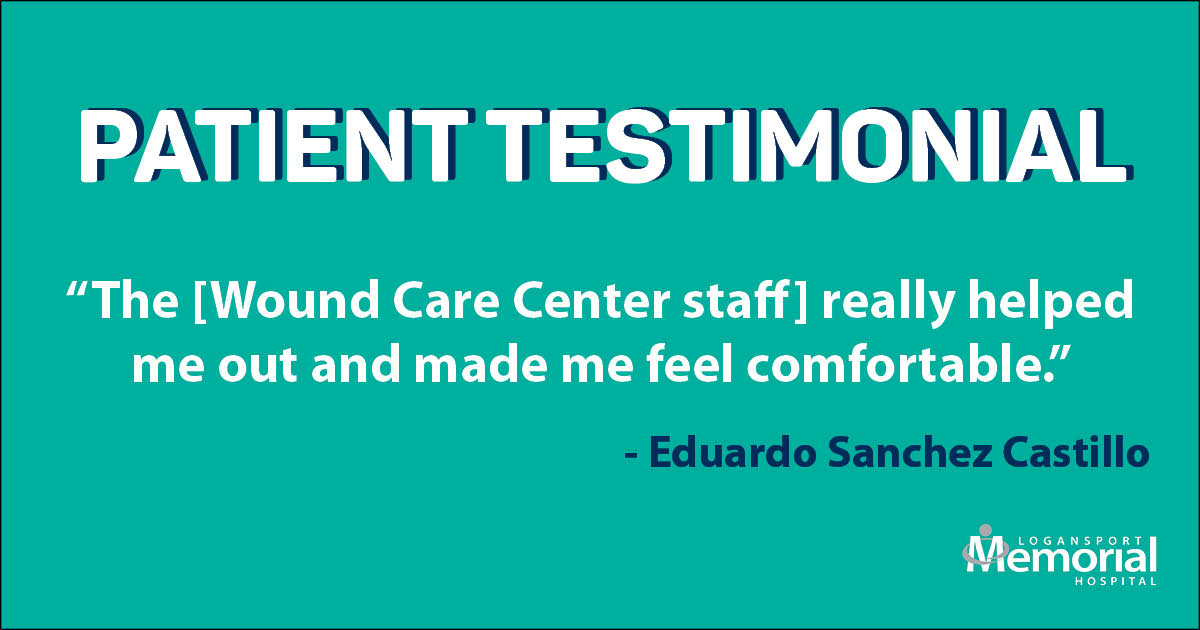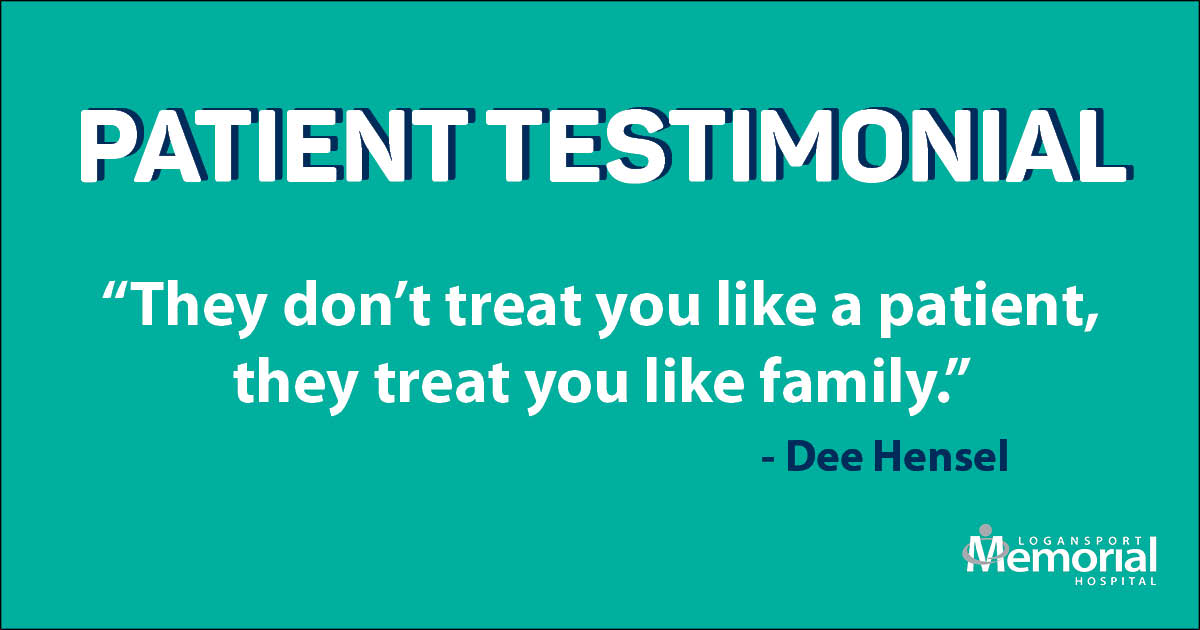This article is part of the Complete Guide to Wound Care.
Occasional minor wounds like sores, scrapes, and blisters are part of life. But when things get more serious, wound healing can require medical intervention.
It’s important to know when you can treat a wound yourself and when you need to seek treatment from a wound care specialist.
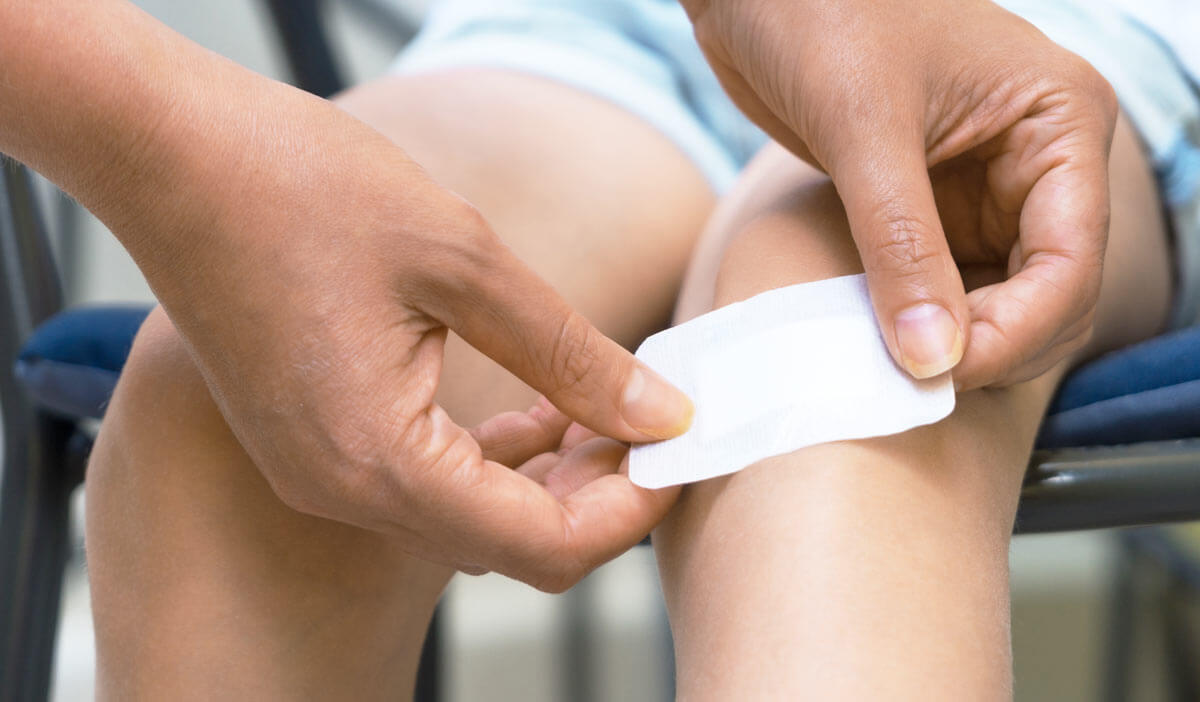
Home remedies for treating minor wounds
There are some instances when you or someone you care for gets a minor injury that allows for treatment and wound healing to occur at home. A wound is considered minor if it’s not very deep and stops bleeding in about 10 minutes or less.
Be ready with some basic first aid knowledge and a kit stocked with safe tools and supplies.
Stock your first aid kit
Here are some of the items we recommend for minor wound healing:
- Over-the-counter bandages: Always have bandages of various sizes on hand. You can even get varieties that help with wound healing, like those that contain silver, which is a natural antibacterial.
- Liquid bandage: A bottle of liquid bandage is great for minor wounds, like friction blisters on your feet.
- Spray bandages: These bandages form a clear film over minor cuts and scrapes and are good for hard-to-cover places like knees and elbows.
- Butterfly tape or steri-strips: These are great for very small cuts in which the edges stay together.
- Tweezers: You can use tweezers to remove splinters or debris from a wound.
- Antibacterial ointment: This keeps the surface of the wound moist and helps prevent scarring.
Explore in-home wound healing tips for caregivers
5 steps to minor wound care
Be prepared to treat minor cuts and scrapes with these basic steps for wound healing at home:
- Wash your hands before touching the wound to avoid infection.
- Apply gentle pressure with a clean bandage to stop the bleeding.
- Rinse the wound with water and wash around the wound with soap (be careful not to get soap in the wound). If there is any dirt or debris in the wound, use clean tweezers to gently remove it.
- Apply a thin layer of antibiotic ointment to the wound. If the ointment causes a rash, stop using it and check with your doctor.
- Cover the wound with a bandage or gauze to keep it clean during wound healing. Change the dressing at least once a day, or whenever it becomes wet or dirty. Once a scab forms, you’ll no longer need the bandage.
When is a wound an emergency?
If you have a wound that doesn’t stop bleeding after 10 minutes of direct pressure, is bleeding heavily, or if the edges of the wound gape open, you need to seek immediate medical attention.
Also, if you see any signs of infection, such as redness, increased pain, drainage, warmth, a foul odor, or swelling, see a doctor right away.
What are chronic wounds, and who is most at risk?
If you’re suffering from a chronic wound, you should get help from a wound care specialist. Chronic wounds are complex wounds or sores that don’t respond to conventional treatments. In these situations, wound healing doesn’t occur on its own, wounds heal extremely slowly, or they keep recurring.
More than 8 million people across the nation are fighting chronic wounds and certain groups are at a higher risk.
Find out how to restart wound healing
Seniors and those with limited mobility
More than one-third of adults 65 years and older fall each year, and elderly patients often have longer wound healing times and a reduced immune reaction to wounds. Being bed-bound or in a wheelchair can also limit blood flow and the body’s natural wound healing ability.
Latino and Hispanic patients
Research has shown that those living with chronic wounds usually have other health conditions, like diabetes, that put them at a higher risk. Hispanics and Latinos are nearly twice as likely to have diabetes as non-Hispanic whites.
More than 80 percent of all amputations are linked to underlying conditions related to constricted blood vessels, which can be attributed to smoking, high blood pressure, obesity, heart disease, and other high-risk factors, which affect the Hispanic and Latino population disproportionately.
Those with other health conditions or risk factors
People with chronic wounds often have other underlying health conditions. Some diseases—including COPD, diabetes, and anemia—weaken the immune system and limit the wound healing process.
Other factors can also contribute to chronic wounds. Smoking, having excess body weight or high blood pressure, and not eating a proper diet or getting enough exercise can negatively impact wound healing.
Learn the 7 factors that affect wound healing
Start wound healing today
Don’t let a chronic wound keep you from enjoying your life. If you have a wound that isn’t healing as it should, advanced technology and the latest wound healing therapies can help you.
Logansport Memorial Wound Care Center has a dedicated team of healthcare professionals who know how to care for all kinds of wounds, no matter their cause or where they’re located on your body.
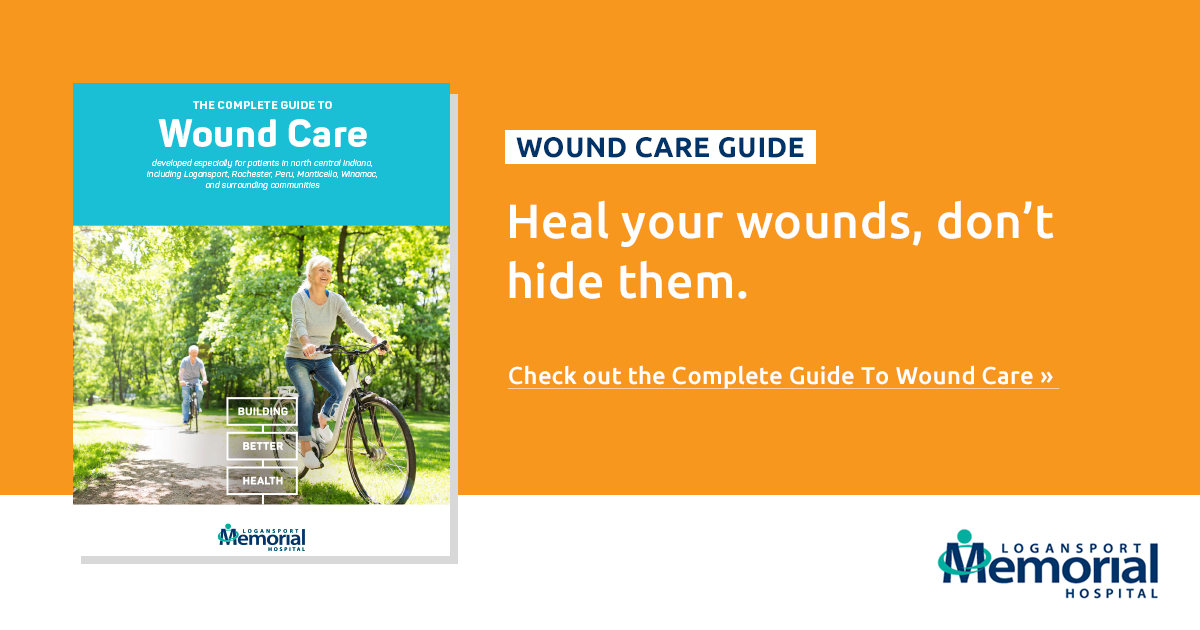
You might also like:
- In-Home Wound Care Tips for Caregivers
- Benefits of Hyperbaric Oxygen Chambers for Chronic Wound Care
- What to Know About Diabetes and Wound Healing


